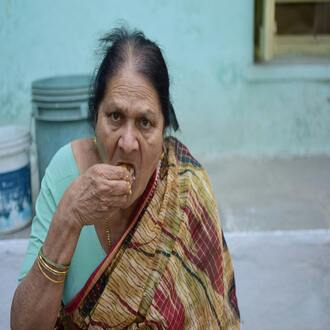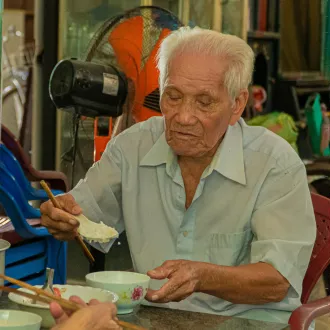Transcription Biological contamination by food
Biological contamination in food is a problem that affects millions of people around the world. Pathogenic microorganisms, such as bacteria, viruses and parasites, can cause foodborne illness if food is not handled, stored and cooked properly.
In this session, we will explore in depth biological contamination from food, the risks involved and the steps we can take to ensure safe and healthy food.
Sources of Biological Contamination
Food can be contaminated in a variety of ways, such as:
- Contamination in Production: Lack of hygiene in food production can lead to the presence of pathogens in products from the start.
- Cross Contamination: Raw and cooked foods can contaminate each other if improperly stored or handled.
- Unsafe Temperatures: Keeping food at incorrect temperatures can promote pathogen growth.
- Contaminated Water and Surfaces: Contact with contaminated water or surfaces can transfer pathogens to food.
Health Risks Associated with Biological Contamination
Biological contamination in food can have serious health consequences, including:
- Foodborne Illness (FBD): gastrointestinal infections that can cause symptoms such as vomiting, diarrhea, fever and dehydration.
- Serious Complications: In severe cases, FBD can lead to serious complications, especially in people with weakened immune systems.
- Public Health Costs: TADs represent a significant burden on health care systems and the economy in general.
Prevention and Safety Measures
Preventing biological contamination in food is essential to ensure safe food. Some key measures include:
- Personal Hygiene: Practicing good personal hygiene when handling food, such as regular hand washing.
- Cleaning and Disinfection: Proper cleaning and sanitizing of utensils, surfaces and kitchen equipment.
- Separation of Raw and Cooked Foods: Avoid cross-contamination by separating raw and cooked foods.
- Proper Cooking: Cook foods to recommended temperatur
pollution biological




